US requires Zambia, Malawi citizens to pay up to $15,000 bond for some visitor visas
Namibia: Top Govt officials benefit from resettlement farms
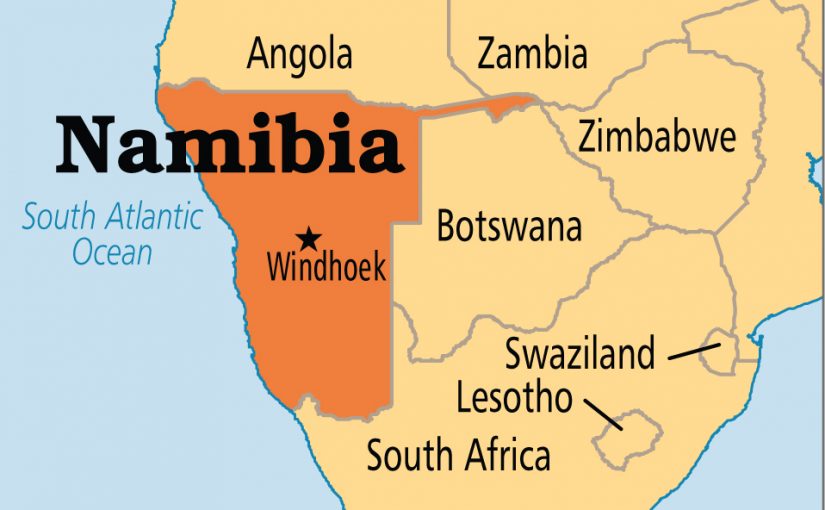
Government officials, among them former ministers, deputy ministers, permanent secretaries and directors, dominate the list of resettled farmers, according to a list of beneficiaries.
Apart from getting free farms, the officials also got a guarantee for a loan of up to N$200 000 from Agribank with a 4% interest rate.
Popular Democratic Movement leader McHenry Venaani, during a meeting with the Affirmative Action Loan Scheme (AALS) farmers, criticised the resettlement programme last week, saying it was not fair because the list of beneficiaries was dominated by “people who can farm commercially”.
Venaani said the resettlement programme needs to be revisited to be more transparent and inclusive.
“There is no equity in trying to resettle people who can be able to farm commercially and you are leaving the youth, the women and the downtrodden without farms.
“We are aware that there are judges on that list, people who earn more than N$1,7 million a year, there are directors and permanent secretaries, and even deputy ministers. Now if we are giving farms to people who can afford them, how will the young people enter the market?” he asked.
The list of resettlement programme beneficiaries, mainly compiled from advertisements placed in various media between 2011 and January 2018, shows that several top government officials, including deputy ministers, permanent secretaries, and directors have been resettled across the country on 99-year leaseholds.
The resettlement beneficiary list has been a hotly debated topic for the past few years between the government and various civil society organisations that have been calling for its release.
The resettlement programme has been heavily criticised by various groups, including the Landless People’s Movement (LPM), for only disproportionately favouring certain ethnic groups at the expense of others.
The leaked list of beneficiaries came at a time when Ombudsman John Walters has also been continuously asking for the list to be publicised.
Last month, Walters told The Namibian that even though he had obtained the list of beneficiaries from the ministry after a series of legal threats, it was not a complete list.
He said he wanted to verify various “complaints from people who are unhappy with the resettlement programme”.
The latest figures released by the Namibia Statistics Agency show that as of 2018, the government bought 496 resettlement farms, allocating them to over 5 300 beneficiaries from across the country, since independence.
Among those who benefited from the programme between 2011 and January this year are deputy minister of environment and tourism, Bernadette Jagger, who was resettled on a 1 580 hectare farm in the Kunene region.
Deputy international relations minister Christine //Hoëbes got a 1 800-hectare farm in Omaheke in 2013, while environmental commissioner Teofilus Nghitila was resettled on 1 500 hectares, also in Omaheke.
The list further also has the director of the land reform department in the Ministry of Land Reform, Petrus Canisius Nangolo, who was resettled on a 2 340 hectare farm in Kunene.
The sports permanent secretary, Emma Kantema-Gaomas, was also resettled on a farm with an unspecified size in the Hardap region and so was education deputy permanent secretary Otto Knox Imbuwa, who was resettled in Omaheke in 2015, on a 2 846-hectare farm.
The valuer general in the Ministry of Land Reform, Rudolf Nanuseb, got a farm measuring 2 409 hectares in Kunene region, while Omaheke regional director for resettlement, Mclesia Mbaisa, got a farm in that region measuring over 2 100 hectares.
The Namibia Qualifications Authority (NQA) chief executive officer, Franz Gertze, and former director for regional programme implementation in the land reform ministry, Alfred Sikopo, are also on the list of beneficiaries. So is Zambezi governor, Lawrence Sampofu, who was resettled on a farm of about 2 000 hectares in Omaheke.
A councillor from Okorukambe constituency, Raphael Mokaleng, got a 1 500-hectare farm in the Otjozondjupa region.
The list also has veteran liberation icon, the late Andimba Toivo ya Toivo, as receiving a farm measuring about 2 300 hectares in Erongo region. The Ya Toivos subsequently swopped the farm and his wife, Vicki Lynne Erenstein-Ya Toivo, was resettled this year on a 2 300-hectare farm in the Omaheke region.
The list further contains the names of some senior Swapo regional leaders who benefited from the farm handouts.
This includes Khomas region information secretary, Meriam Onesmus, who was resettled on a 2 100-hectare farm in Omaheke, and district leader Christiaan Shivolo, who was resettled on a farm in the Erongo region.
One of the beneficiaries of the AALS farmers who met Venaani, Boni Handura, last week said the land conference must also consider coming up with a better model on how to assist farmers who acquired farms through the scheme to be able to farm sustainably.
He added that the government must also consider empowering farmers who are willing to farm, as opposed to supporting resettled government officials who already have the means to farm.
“We have a government that is taking land and giving it to people who are actually in the position of buying land on discount, and it created the entire commotion that we (AALS farmers) are being treated as commercial farmers,” he said.




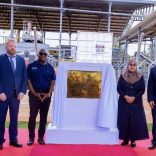


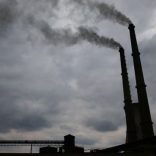
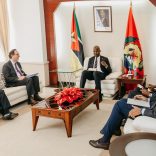


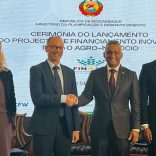

Leave a Reply
Be the First to Comment!
You must be logged in to post a comment.
You must be logged in to post a comment.